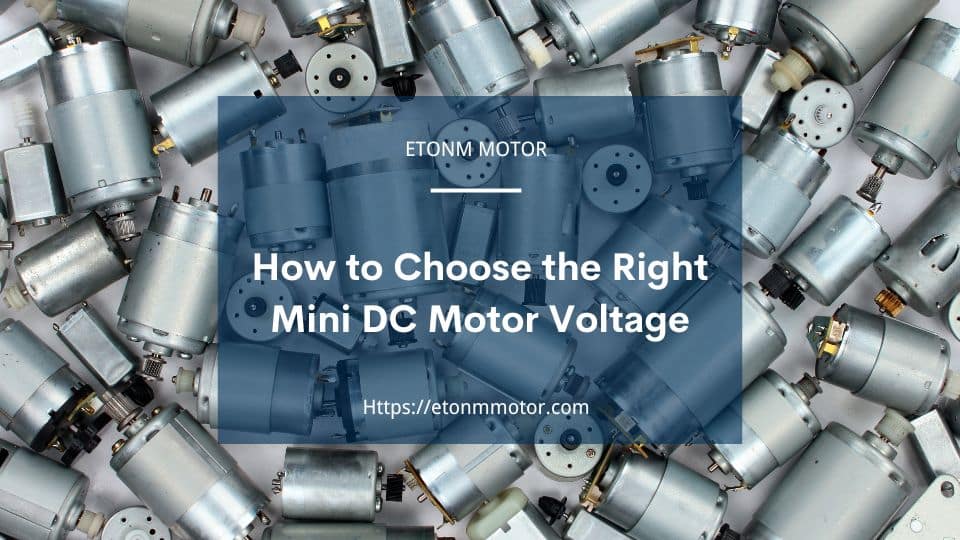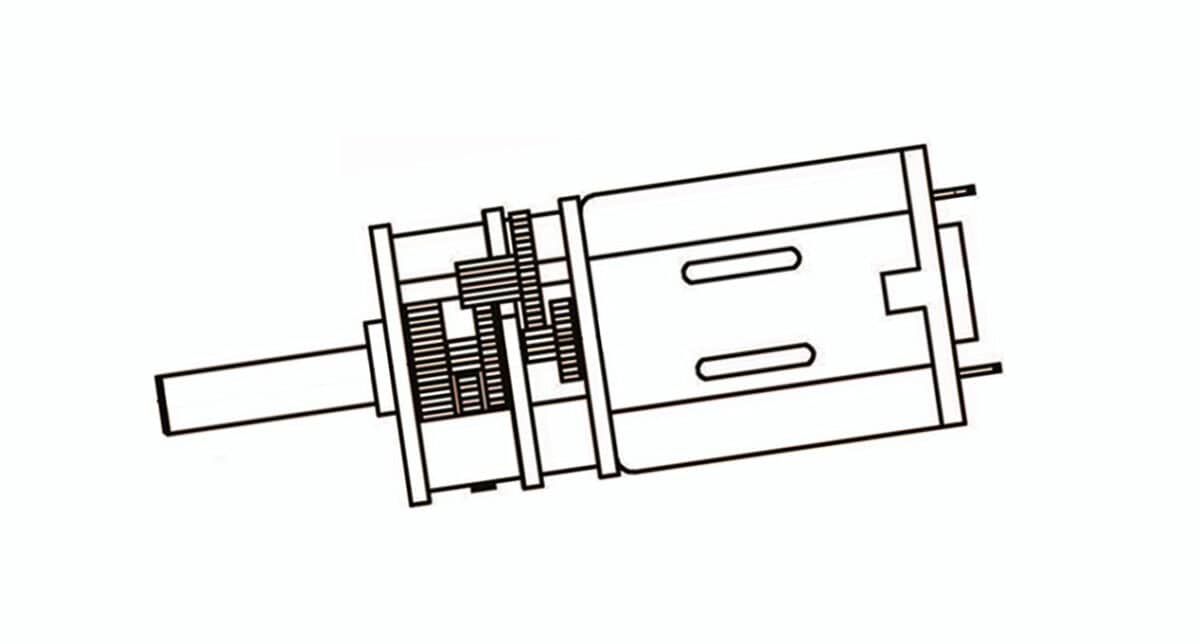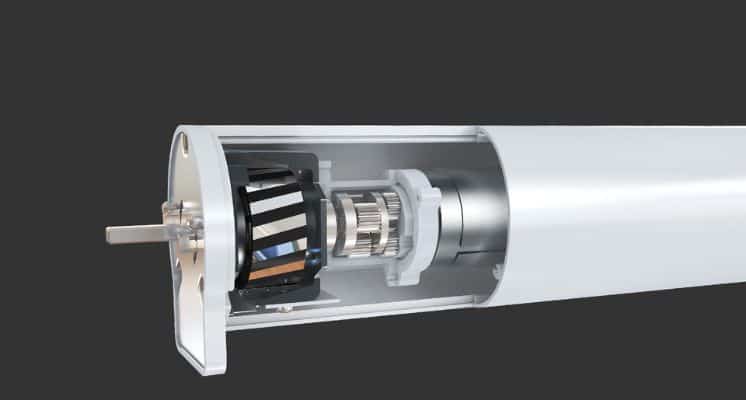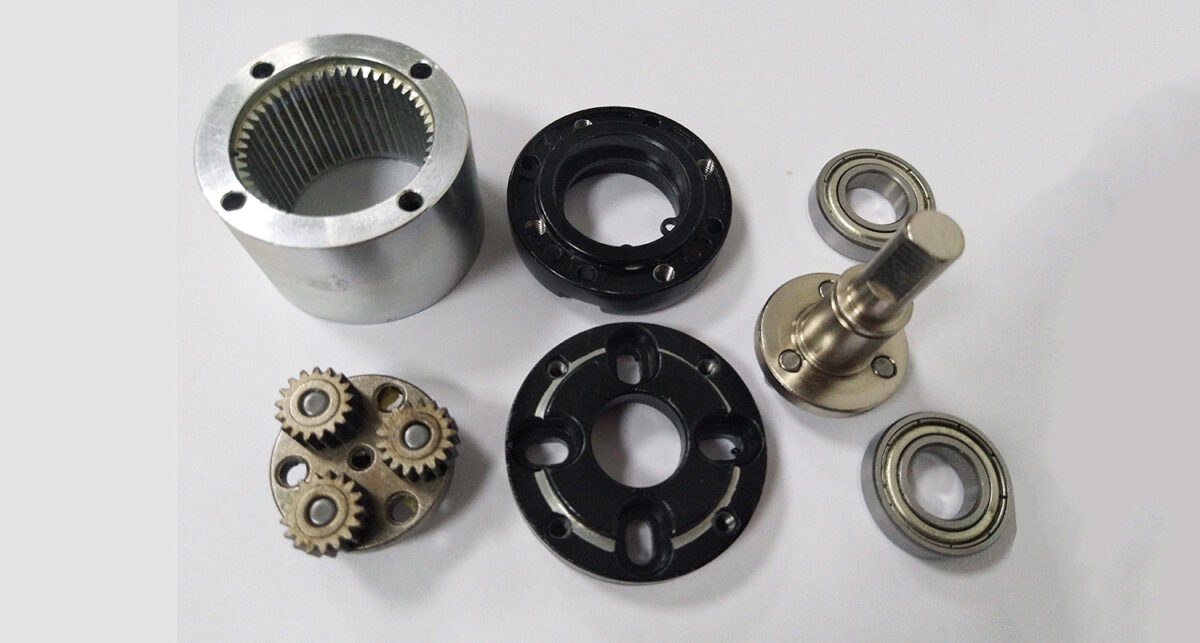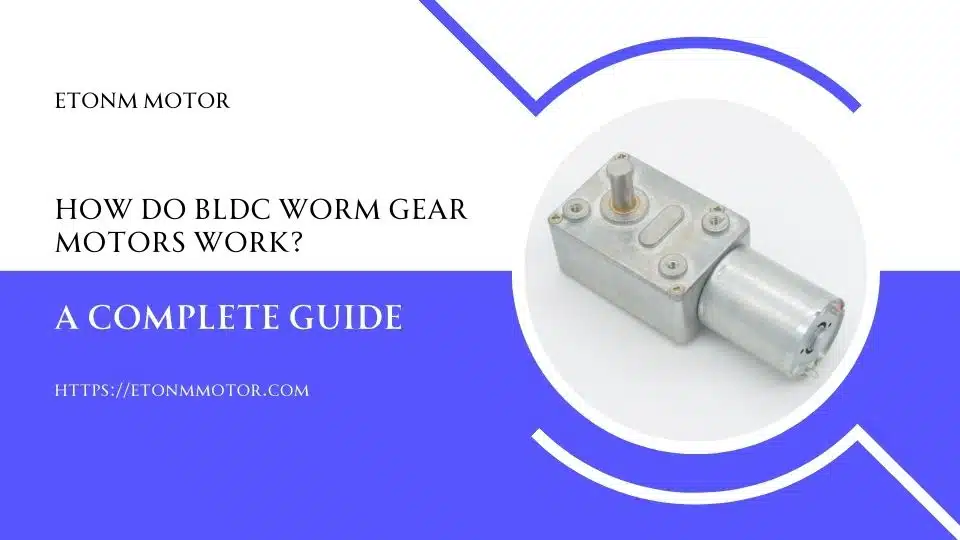"Struggling to pick the right voltage for your mini DC motor? Learn how to choose between 3v, 6v, 12v, or 24v DC motors for your project with Etonm Motor’s expert tips."
Table of Contents
Introduction
Choosing the right voltage for a mini DC motor can feel like a bit of a puzzle, right? One minute you’re wondering if a 12v DC motor will do the trick, and the next you’re questioning whether a lower voltage might save you some headaches. Here’s the thing: Mini DC motors power everything from smart home gadgets to robotics and vending machines, and picking the correct voltage isn’t just a technical detail—it’s the key to making your project hum along smoothly.
At Etonm Motor, we’ve seen firsthand how the right mini DC motor voltage can boost performance while avoiding costly mishaps like overheating or underpowered devices. Whether you’re designing a sleek sanitary dispenser or a cutting-edge medical tool, voltage matters more than you might think. In this guide, we’ll walk you through the essentials of choosing between options like 3v, 6v, 12v, or even 24v DC motors. Stick with us, and you’ll get practical tips to nail the perfect voltage for your next big idea—no guesswork required!
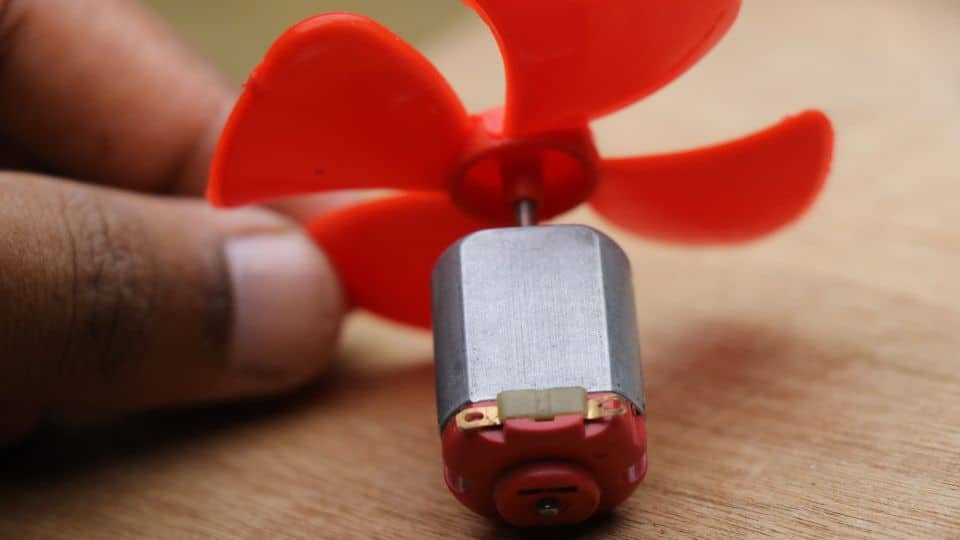
Why Mini DC Motor Voltage Matters
When it comes to mini DC motors, voltage isn’t just a number on a spec sheet—it’s the heartbeat of your device’s performance. Get it right, and your motor delivers the perfect balance of speed, torque, and efficiency. Get it wrong? You might end up with a sluggish robot or a smart home gadget that overheats faster than a microwave popcorn bag. That’s why understanding mini DC motor voltage is a game-changer for anyone building something awesome.
Think about it: a 3v DC motor might be perfect for a low-power toy or a tiny sensor, keeping things lightweight and energy-efficient. On the flip side, a 24v DC motor can handle the heavy lifting in industrial setups like electric valves or medical equipment, where power and durability are non-negotiable. Voltage directly affects how much juice your motor draws and how hard it works. Choose too low, and it won’t spin fast enough; go too high, and you risk burning it out. At Etonm Motor, we’ve learned that matching voltage to your project’s needs isn’t just smart—it’s essential for avoiding costly do-overs and keeping things running smoothly.
Factors to Consider When Choosing Voltage
Picking the right mini DC motor voltage isn’t a one-size-fits-all deal—it’s about matching the motor to your project’s unique needs. Whether you’re tinkering with a robotics prototype or designing a smart home device, a few key factors can guide you to the perfect choice. Let’s break it down.
Power Requirements of Your Application
First things first: how much oomph does your device need? If you’re powering something lightweight like a toy car or a small sensor, a 6v DC motor might be your sweet spot—low power, decent performance, and easy on the battery. But if you’re building something beefier, like a vending machine or an electric valve, a 12v DC motor steps up to the plate with more torque and speed. Check your application’s load and runtime needs. For a deeper dive into options, take a peek at Etonm Motor’s Micro DC Motor lineup—there’s something for every power level.
Size and Space Constraints
Size matters, especially in compact designs. Smaller devices, like smart locks or wearable tech, often lean toward a 6v DC motor because it fits snugly without hogging space or draining power. Larger setups with room to breathe—like robotics arms—can handle a 12v or higher voltage motor without breaking a sweat. Before you decide, measure your space and weigh it against the motor’s physical footprint. A cramped fit could force you to rethink your voltage choice.
Battery or Power Supply Compatibility
Your power source is the unsung hero here. Got a coin cell battery? A 3v or 6v DC motor will play nice. Working with a car battery or a wall adapter? A 12v DC motor is a no-brainer—it’s practically made for that setup. Higher voltages like 24v often pair with industrial power supplies for heavy-duty tasks. Double-check your supply’s output and ensure it aligns with your motor’s needs, or you’ll be stuck with a mismatched system that’s more frustration than function.
Comparing Common Voltages: 3v, 6v, 12v, and 24v
So, you’ve narrowed down your mini DC motor options—now it’s time to figure out which voltage fits the bill. From 3v to 24v, each has its own personality, strengths, and ideal use cases. Let’s stack them up and see what clicks for your project.
- 3v DC Motor: This little guy is the lightweight champ. Perfect for low-power gadgets like remote-controlled toys or tiny sensors, a 3v DC motor sips energy, making it a go-to for battery-powered stuff. It’s not going to lift heavy loads, but for small, simple tasks? It’s a budget-friendly star. Expect speeds around 100-300 RPM and torque under 0.5 Nm—ideal for keeping things quiet and efficient.
- 6v DC Motor: Here’s your middle-of-the-road workhorse. A 6v DC motor strikes a balance between power and efficiency, shining in compact devices like smart locks or handheld tools. It delivers more punch than 3v—think 500-1000 RPM and torque up to 1 Nm—without guzzling juice. If your project needs a bit of muscle but can’t handle bulk, this might be your match.
- 12v DC Motor: Meet the all-rounder. A 12v DC motor is the go-to for applications needing solid performance, like vending machines, robotics, or automotive gizmos. With speeds often hitting 1000-3000 RPM and torque around 2-5 Nm, it’s versatile enough for hobbyists and pros alike. Pair it with a car battery or adapter, and you’ve got reliability in spades.
- 24v DC Motor: The big kahuna. Built for high-performance tasks—think medical equipment or industrial valves—a 24v DC motor brings serious power, often exceeding 3000 RPM and 5-10 Nm of torque. It’s not messing around, but it demands a robust power supply and a bit more space. If your project’s got heavy lifting on the agenda, this one’s worth the investment.
Need some hard numbers? Studies like those from Motion Control Online show efficiency peaks at higher voltages for demanding loads, while lower voltages win for energy savings in lighter setups. At Etonm Motor, we’ve got all these options dialed in—your job is just picking the one that fits.
Tips for Testing and Optimizing Voltage Selection
You’ve got the basics down, but how do you make sure your mini DC motor voltage is spot-on for your project? It’s not just about picking a number and hoping for the best—testing and tweaking can save you from a motor that fizzles out or overworks itself. Here are some hands-on tips to get it right.
Start by testing your motor under real-world conditions. Grab a multimeter and measure the current draw at different voltages—say, 6v versus 12v—to see how it performs with your load. A 6v DC motor might hum along fine for a light task like spinning a small fan, but crank up the weight, and you’ll notice it struggling. Bump it to a higher voltage like 24v, and suddenly you’ve got the power to tackle tougher jobs without breaking a sweat. Just don’t push it past the motor’s rated limit, or you’ll be shopping for a replacement sooner than you’d like.
Next, think about your load and adjust accordingly. If you’re running a low-resistance setup—like a simple gear in a toy—you can optimize performance with a lower voltage to save energy. For heavier loads, like a robotic arm lifting something chunky, a 24v DC motor might be your best bet for steady torque. Trial and error here is your friend; tweak until the speed and power feel just right.
Still stumped? Reach out for expert advice. At Etonm Motor, we’re all about helping you fine-tune your choice—check out our contact page for a quick chat. Testing isn’t rocket science, but a little know-how goes a long way to nailing the perfect mini DC motor voltage for your build.
Conclusion
Choosing the right mini DC motor voltage isn’t just a technical checkbox—it’s the secret sauce that keeps your project running smoothly, whether it’s a 3v-powered toy or a 24v-driven industrial gadget. We’ve walked through why voltage matters, what factors to weigh, and how to test your way to the perfect pick. From the energy-sipping 6v DC motor to the powerhouse 12v option, each has its place, and now you’ve got the know-how to match them to your needs.
At Etonm Motor, we’re all about making this process painless. Need a motor that hits the sweet spot for your smart home device or robotics build? Browse our product catalog to explore your options, or drop us a line for a custom solution tailored just for you. Don’t let the wrong voltage trip up your next big idea—get it right, and watch your project come to life!
Related Reading
- Top 5 Applications of Brushless DC Motors in Industrial Automation
- BLDC Motor vs Brushed Motor: Which is Better for Your Needs?
- How to Choose the Right BLDC Motor for Robotics Applications
- How to Calculate Transmission Gear Ratio: A Comprehensive Guide for Gear Systems
- How to Choose the Right Curtain Motor: Key Factors and Expert Tips
- 12V DC Motor High Torque Low RPM Performance
- Technical Parameters and Customization of Low RPM Brushless Motors: A Comprehensive Guide
- AC Motors vs DC Motors: Which is Best for Your Application?
- Why Use a DC Motor Controller for BLDC Motor?
- What Is DC Motor Torque? A Simple Guide by Etonm Motor
- How to Reduce DC Motor Noise: Practical Tips from Etonm Motor
- DC Motor Parameters You Need to Know Before Choosing
- How Does a DC Motor Work? A Simple Guide by Etonm Motor
- What is a DC Motor? A Simple Guide by Etonm Motor
- How to Choose a Coreless DC Motor for Your Project?
- Mini DC Motor Selection Guide
- Low RPM Brushless Motor: Technical Specs & Customization

